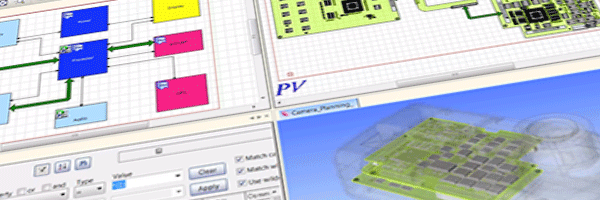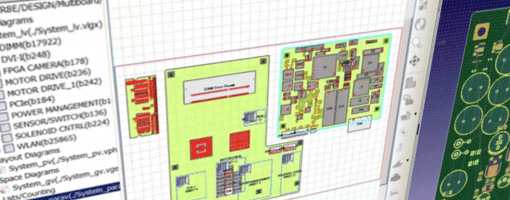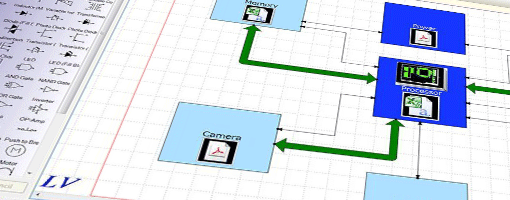On-demand webinar
This webinar is Part 2 of a 3 part series covering the systems engineering process of converting product or system requirements into a viable and robust hardware architecture and then moving that architecture directly into detailed design without any manual re-entry.
Translating the requirements for a new product or system into a functional design should be a fairly straight forward well-defined process, yet in practice that is rarely the case. The process often involves using disparate tools that don’t communicate well with each other. Those tools in turn rarely communicate well with the ECAD and MCAD systems that will be used to perform the actual product design.
In this webinar we will demonstrate the creation of an initial hardware architecture and then optimize that architecture across multiple domains. A cross functional process that includes logical design, multi-board 2D floor planning and 3D space planning allows for synchronized what-if and trade-off analysis. For instance, if a board density too high for a quality routing result logic may be moved to another board.
Architectural validation prior to moving on to detailed design is the portion of the product development lifecycle where the cost of change is lowest and as such where these what-if and trade-offs analysis are best performed. Cost, weight, and power consumption can all be analyzed early in the product development process prior to moving on to detailed design where the cost of change increases significantly.
What you’ll learn:
- Developing a logical design based on product requirements
- Multi-board 2D floor planning
- 3D space planning using multi-board and the enclosure
- Management of logical and physical design data across multiple domains
- Conducting what-if and trade-off analysis prior to detailed design
Who should watch:
- System architects
- Electrical engineers
- Hardware engineers
- Design engineers


